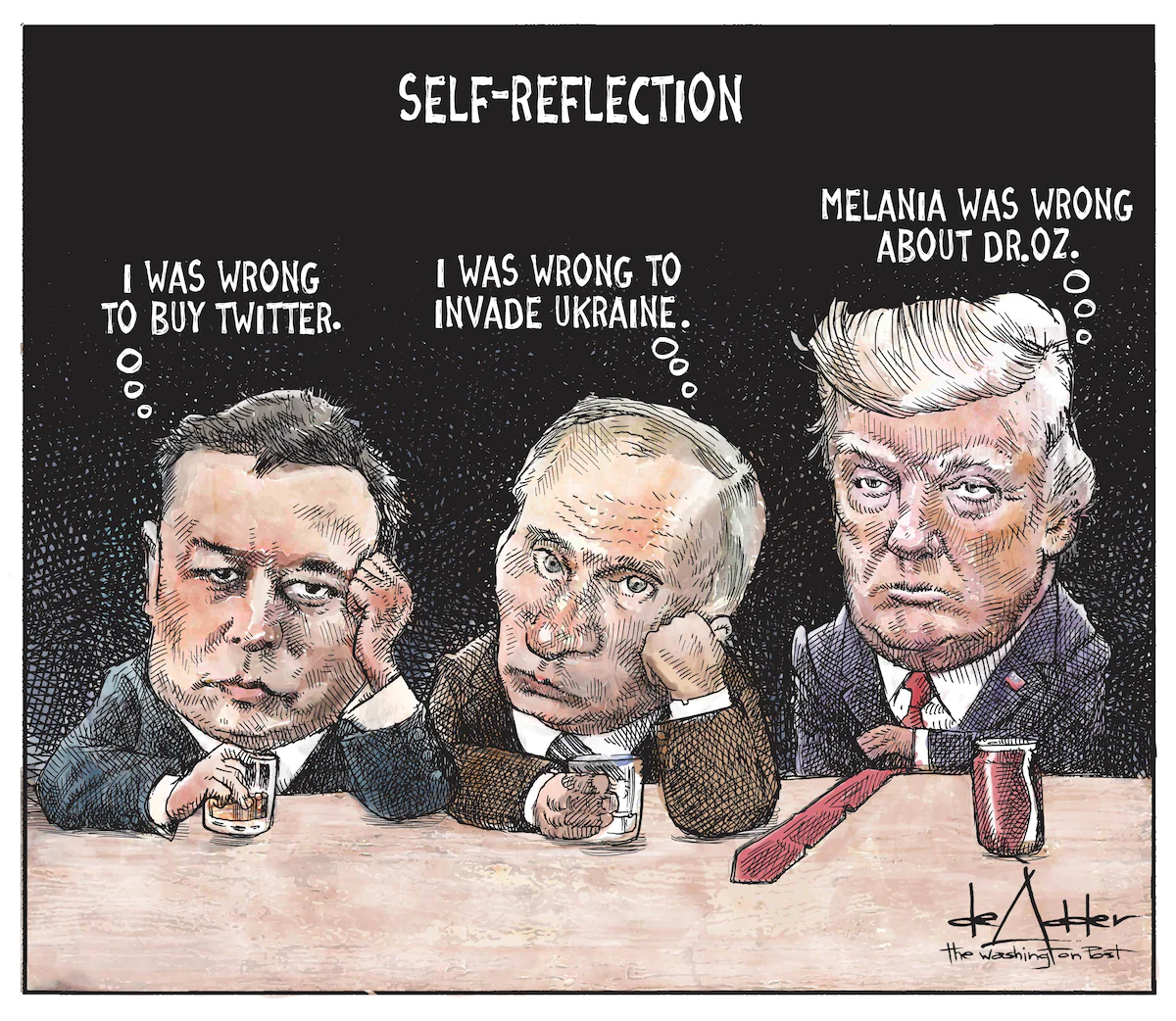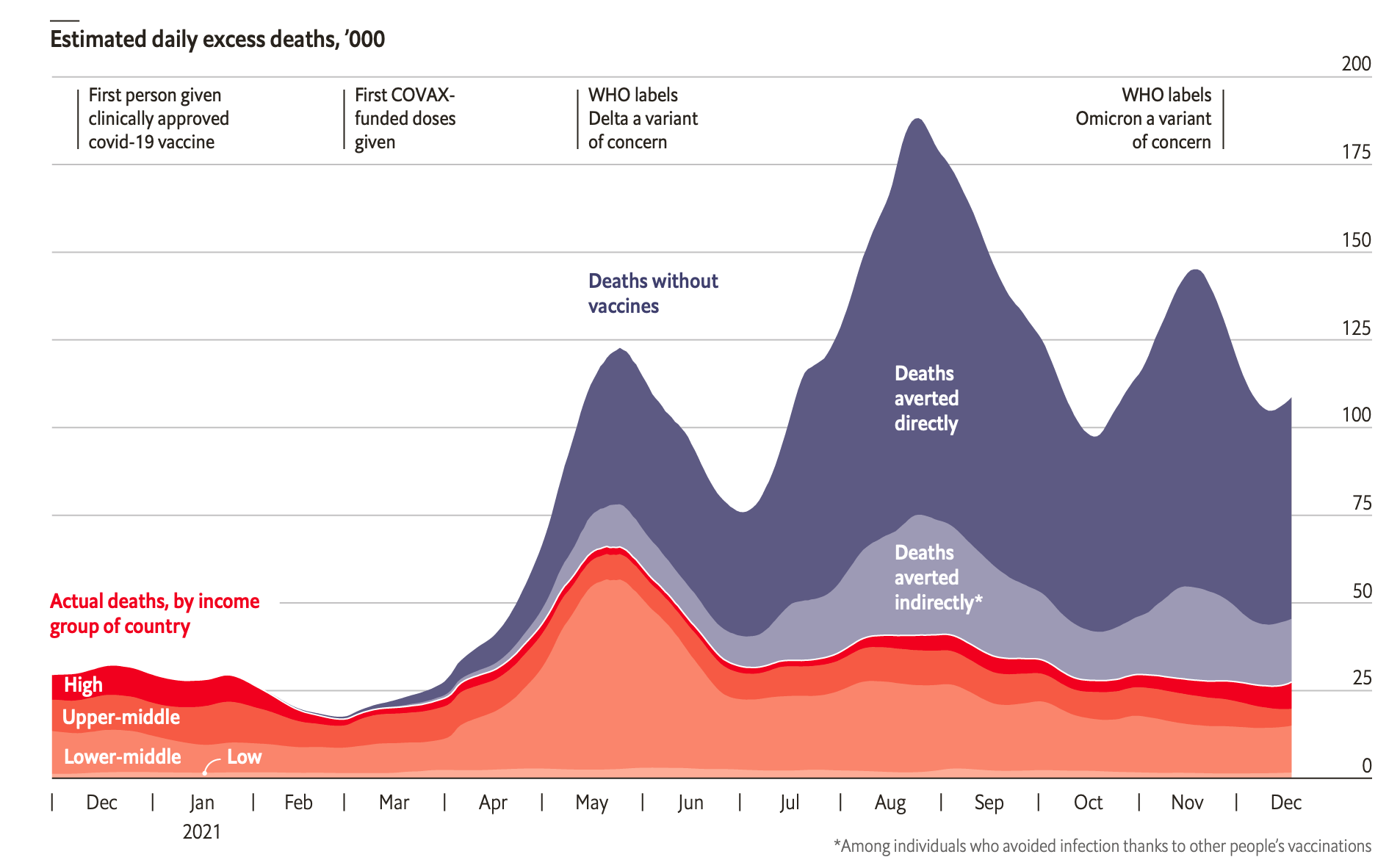How have we gotten here?
• Thomas Edsall has a good essay in the NYT, where he wonders what it would take to remove the hold DJT apparently has on so many. Edsall’s last paragraph sums up my question nicely:
“Which gets to the larger question that supersedes all the ins and outs of the maneuvering over the Republican presidential nomination and the future of the party: How, in a matter of less than a decade, could this once-proud country have evolved to the point at which there is a serious debate over choosing a presidential candidate who is a lifelong opportunist, a pathological and malignant narcissist, a sociopath, a serial liar, a philanderer, a tax cheat who does not pay his bills, a man who socializes with Holocaust deniers, who has pardoned his criminal allies, who encouraged a violent insurrection, who, behind a wall of bodyguards, is a coward and who, without remorse, continuously undermines American democracy?”


